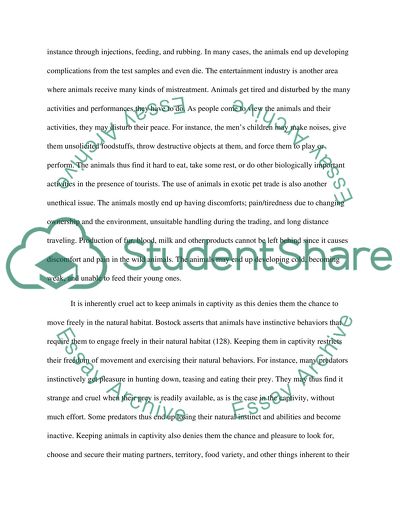Cite this document
(“Keeping Animals in Captivity is Inherently Wrong Essay - 50”, n.d.)
Keeping Animals in Captivity is Inherently Wrong Essay - 50. Retrieved from https://studentshare.org/law/1680061-essay
Keeping Animals in Captivity is Inherently Wrong Essay - 50. Retrieved from https://studentshare.org/law/1680061-essay
(Keeping Animals in Captivity Is Inherently Wrong Essay - 50)
Keeping Animals in Captivity Is Inherently Wrong Essay - 50. https://studentshare.org/law/1680061-essay.
Keeping Animals in Captivity Is Inherently Wrong Essay - 50. https://studentshare.org/law/1680061-essay.
“Keeping Animals in Captivity Is Inherently Wrong Essay - 50”, n.d. https://studentshare.org/law/1680061-essay.


